Lufia: Beginning of a Legend
Buy
Could be interesting
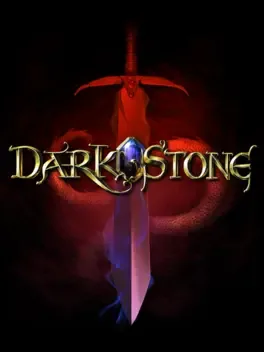
Lord Draak's henchmen are spreading chaos in Uma. Are you going to let them get away with it?
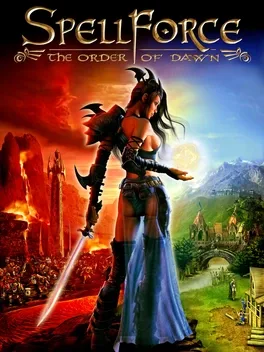
In a world beyond imagination... In their immeasurable greed and constant thirst for power, the thirteen most powerful Mages of all time doomed the land, hurling it into an endless spiral of chaos and despair. Entire countries were wiped out in the blink of an eye when the devastating power of the Elements was unleashed – Elements summoned by dark rituals. Continents shattered like glass, the pieces strewn about like leaves in the wind. Huge armies, bound by the the power of ancient runes, brought war and destruction to the lands that survived the initial onslaught. All that was left were a few islands, connected by magic portals. Now, only a few years after the end of the Convocation, evil is back – stronger and more powerful than ever before – to finish what was started. Yet there is still hope. The prophecies tell of a human. A human damned to immortality, bound forever by the power of the blood runes… Soon, the time will come when the power of one may change the destiny of many. For better or for worse... Summary of the most important features: Innovative game design: The unique mixture of RTS and RPG elements offers a brand new game experience. High degree of identification with the hero-avatar, whose skills and strengths can be improved by the player Click’n’Fight: This revolutionary control system guarantees instant action, the best possible overview and completely new tactical possibilities in battle 6 races – Humans, Dwarves, Elves, Dark Elves, Orcs and Trolls – that can be used simultaneously (!) to build settlements and fight battles More than 30 different enemy races, from cowardly goblins to powerful demons and dragons A multitude of spells, divided into different categories of magic (white, black, elemental, etc.) Persistant game world with continuous, gripping storyline and myriad sub-quests Awe-inspiring 3D graphics with zoom levels from isometric to 1st-Person-views
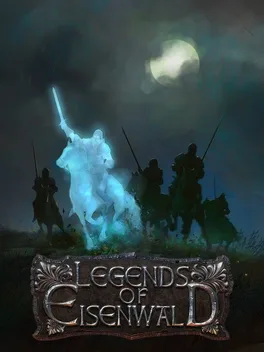
Legends of Eisenwald is an original mix of RPG and strategy. Gather your troops and embark on a dangerous journey to carve your name into the legends of the grim lands of Eisenwald where all the supernatural superstitions of medieval times are found to be true.
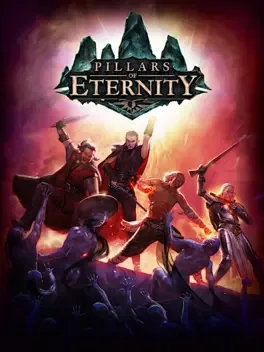
Prepare to be enchanted by a world where the choices you make and the paths you choose shape your destiny. Recapture the deep sense of exploration, the joy of a pulsating adventure, and the thrill of leading your own band of companions across a new fantasy realm and into the depths of monster-infested dungeons in search of lost treasures and ancient mysteries. So gather your party, venture forth, and embrace adventure as you delve into a realm of wonder, nostalgia, and the excitement of classic RPGs with Obsidian’s Pillars of Eternity!
Murkon's Refuge is a first person dungeon crawler in the vein of the original Wizardry and Bard's Tale games for browsers and UNIX. The player controls a party of up to 6 characters, and venture through a dungeon rendered with wireframe graphics.

Breath of Fire IV is a single-player game that continues the story with these "dragon people," who gave their lives to eradicate the evil goddess and restore peace in their world. This time around, battle has broken out between two powerful continents, and the fair Princess Elena has disappeared during a tour of the war-torn region. The princess's sister, Nina, who reigns o'er the Windia Kingdom, vows to retrieve her missing sibling. She meets Ryu along the way, who joins the epic quest

Eternal Sonata is a role-playing video game developed by tri-Crescendo and published by Namco Bandai Games. The game is centered on the Polish romantic pianist and composer Frédéric Chopin, who died of tuberculosis at the age of 39. The story envisions a fictional world dreamed by Chopin during his last hours that is influenced by Chopin's life and music, and in which he himself is a playable character, among others. The game's battle system centers on musical elements and character-unique special attacks. Light and darkness play a part in the appearance and abilities of enemies on the battlefield, as well as the types of magic that can be cast. The game features a selection of Chopin's compositions played by pianist Stanislav Bunin, though the original compositions were composed and arranged by Motoi Sakuraba. It is notable for its use of classical piano pieces, educational cutscenes featuring real paintings and photographs (in contrast to the cel-shading graphics of the game) and lush landscape design.
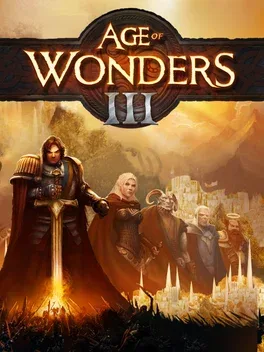
Age of Wonders III, like the previous games in the series is a turn-based strategy game set within a high fantasy universe where the player assumes the role of a political-military leader. Gameplay is 4X-based (explore, expand, exploit and exterminate) where players explore the world map, slowly building an empire through colonization, warfare and diplomacy with rival powers. However new to III is the greater addition of role-playing game features, where players must first choose and customize their leader, all options dependant on the player's chosen style of play. There are six available races in the initial release: humans, draconians, high elves, dwarves, orcs, and goblins, all that will determine the race of their empire with each having unique perks and abilities. The leader and empire is further shaped by the choice from skill sets based on traditional RPG classes along with further specializations and skills to select. Each leader class also has access to their own unique units with a distinct visual look based on their corresponding race, each to accommodate their own unique approach to strategy, both in combat and when managing their empire. On release there are six different classes a leader can be. The "Sorcerer" class emphasizes the use of magic for enchantments and summoning powerful units. The "Theocrat" derives from an organized religion based society including zealots followers and the use of holy spells and warriors. The "Rogue" favors less direct approaches to situations, employing stealth, thievery and manipulation aswell as dark magic in diplomacy and warfare. The "Archdruid" channels the power of nature, using it to their advantage by being very self-sufficient and being able to call upon wild creatures. The "Dreadnaught" leads a steampunk styled society, using large industry, machinery and gunpowder-based units like cannons and tanks. Finally the "Warlord" specializes in direct conflict and combat tactics, utilizing effective non-magic based units and abilities. Leaders themselves and separate recruitable hero units will be able to gain experience and level up, while also being able to gain new equipment and powers. Players can also develop their alignment between good and evil based on their player's actions and the cultures the player absorbs into their empire, rather than race like the previous games in the series. Cities themselves provide much of the resources, infrastructure and host to unit recruitment. Independent cities and units not immediately aligned to any player/leader are also present in the world map. Units that come from an unaffiliated city will fight to protect a city's domain, and they won't forget that they're tied to it. Many of these independent settlements aren't cities in the traditional sense, but can be alternative settlements, like a "Giant's Keep" for example. The player can conquer these holdings, which will provide units like a city, or they can absorb them through diplomatic means by paying tribute and diplomatic and/or alignment standing. Quests can also be given to players by independent forces and cities, including but not limited to clearing out wild units, searching for relics and even conquering cities and other holdings. Quests can grant the support of independent forces for player in addition to a reward such as gold or equipment, sometimes with the choice of either given to the player upon completion of the quest. As in the case of the first game in the series, Age of Wonders III offers a story-driven campaign that is playable from two sides, the human-centric Commonwealth Empire and the Court of the High Elves. In addition to the campaign; single-player scenarios, online multiplayer, random map generation and a map editor are also available. The graphics of Age of Wonders III will be presented in 3D instead of the isometric view the series has utilized up to this point.
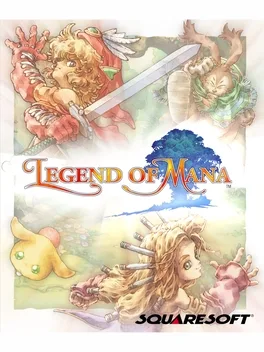
While incorporating action role-playing game elements from the three games which preceded it, Legend of Mana has its own distinct style of gameplay. Most notably, it gives the player the ability to shape the game's world of Fa'Diel according to his or her desires, a system which was incorporated through the use of "artifacts," which are gained as the player progresses through the game. The player uses the artifacts to create different towns, dungeons, etc., called "Lands", to venture to and explore. This creates a non-linear gameplay, since the game is driven by a series of what would be considered side-quests in other games. Legend of Mana features three different plots which can occur simultaneously, and which do not necessarily need to be completed for the player to finish the game. Legend of Mana was a financial success in Japan. While the game garnered considerable praise for its graphics and presentation, many critics and fans were turned off by the game's lack of a main storyline.
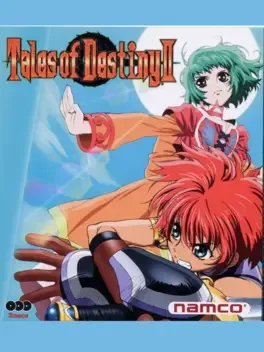
Tales of Eternia is an action japanese role playing game, with real time battle scenes (combos and spells can be assigned to the face buttons). The game is set in the fantasy world of Inferia, follows the story of a young hunter named Reid Hershel and his friends, Farah and Keele, as they meet a mysterious girl who speaks an unknown language. Their subsequent quest to discover her origins leads them across a dimensional boundary to an entirely different realm known as Celestia, where they become involved in an age-old conflict between the two worlds. It would later inspire a 13-episode anime co-produced by Production I.G loosely based on the game's plot.